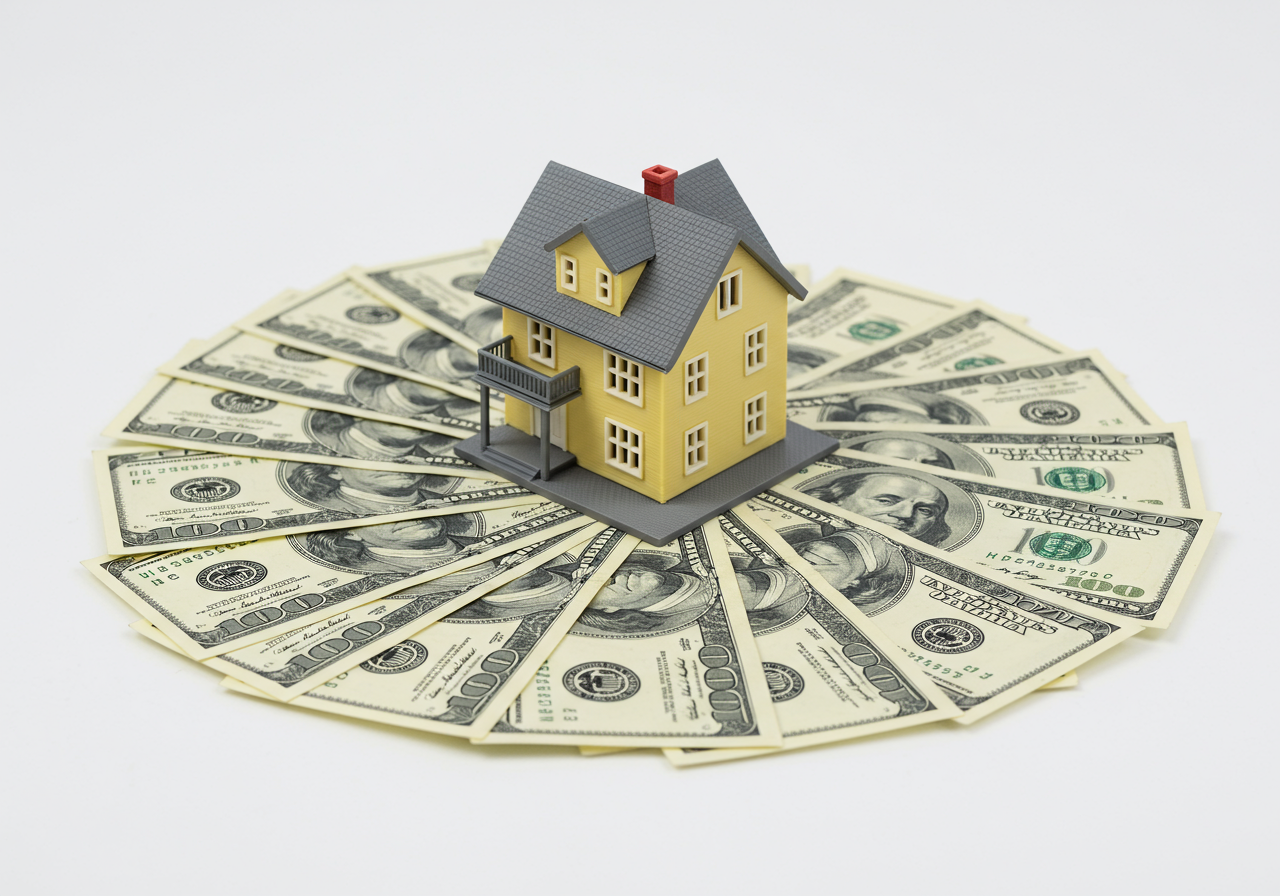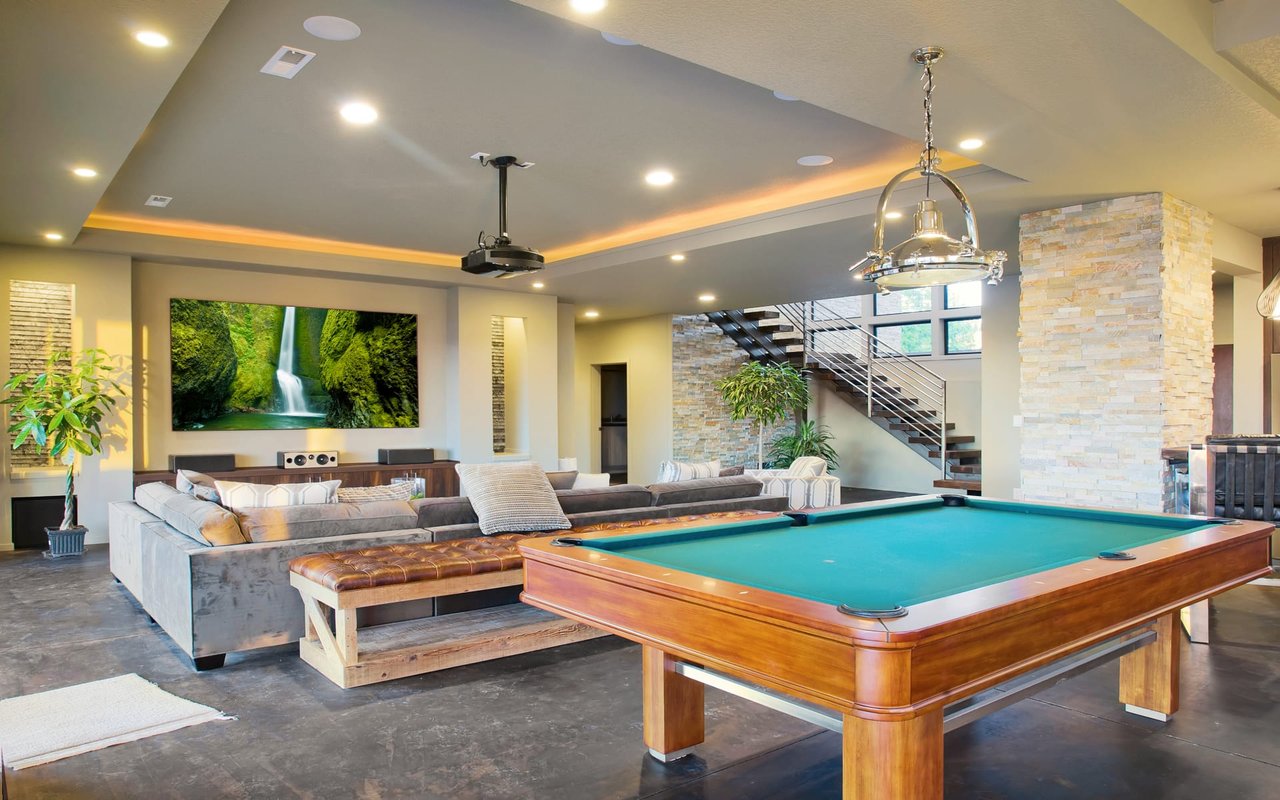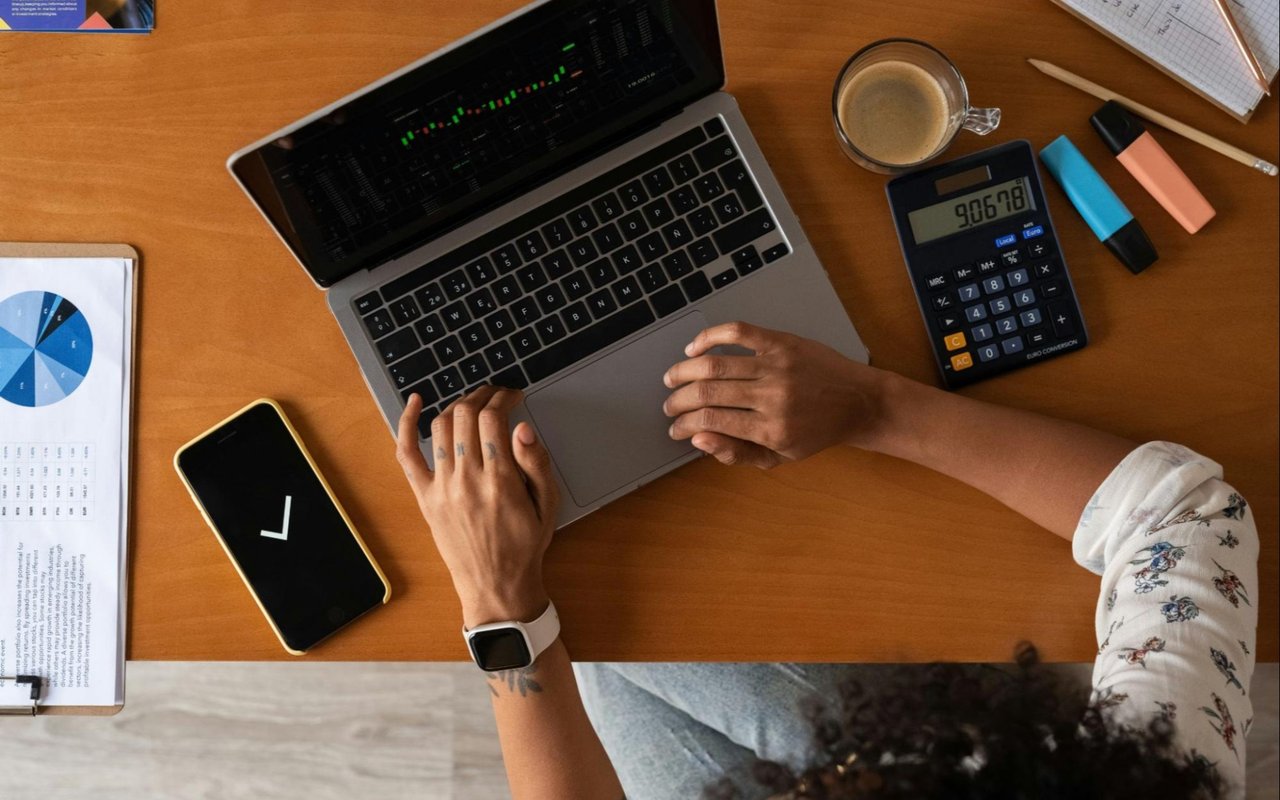
“With all the changes in recent years it’s hard to know what the options are on getting a loan. Many people think that you have to have 20% down to even get started. The truth might just surprise you. These days when we first start talking to buyers we make sure they know all the options available to them by having them talk to one of our recommended lenders.
The following article might give you some new ideas as you begin to think about buying”
DC Metro Realty Team – Denise Buck & Ed Johnson
When you started researching what it takes to buy a home, you probably came face-to-face with one number over and over again: 20 percent. Traditionally, that’s how much was needed to buy a home.
These days, there are a number of alternatives to the 20 percent down payment, with some options requiring down payments of 3 to 5 percent, while others offer loans with 0 percent down.
Keep reading to learn more about these alternatives…
Alternative #1 – FHA Loan
If you’re a first-time homebuyer, consider a Federal Housing Administration (FHA) loan. It’s a type of federal assistance loan that allows lower-income Americans to borrow money to purchase a home they could not otherwise afford.
Buyers can get an FHA loan with a down payment as low as 3.5 percent of the purchase price, according to the U.S. Department of Housing and Urban Development.
“The FHA loan is designed to protect buyers from buying more house than they can afford,” says Paula Pant, founder of Afford Anything, a website that helps people reach their financial goals. “It limits buyers to spending no more than 31 percent of their gross monthly income on their total house payment. In other words, it protects buyers against making risky decisions.”
However, Pant says there is one drawback: Buyers will need to pay mortgage insurance as a result of not furnishing a 20 percent down payment.
“The cost of this insurance counts towards the total house payment, which is capped at 31 percent of a buyer’s gross monthly income. So, for example, if they earn $1,000 per month (gross), they can’t pay more than $310 per month towards all mortgage expenses, including the principal, interest, taxes and insurance, including PMI.”
Alternative #2 – Down Payment Assistance through City and Federal Programs
In many cities, the local or federal government offers assistance programs to revitalize areas hit hard by natural disasters or recessions. In these cases, homeowners are often able to get a helping hand if they know where to look.
“A program called Invest Atlanta, spearheaded by the city of Atlanta, gave me $15,000 toward the purchase of my first home because I was buying a foreclosed home within the Atlanta city limits,” says Lauren Bowling, founder of the personal finance website, L Bee and the Money Tree.
“These city and state programs are out there, but you have to do your research in order to find them. If you have a particularly good mortgage broker that you are working with, they should be able to point you in the right direction.”
Alternative #3 – Get a Veteran Affairs (VA) Loan
“VA loans are granted to military veterans and qualified buyers can get a home loan for no money down,” says Pant.
According to the Department of Veteran Affairs, a VA loan can help you purchase or refinance a home at a low interest rate, and often doesn’t require a down payment. To qualify for this loan, potential homebuyers must meet specific service requirements and have:
- Good credit score
- Sufficient income
- Certificate of Eligibility (COE)
“As an added bonus, the buyers are not required to pay mortgage insurance. Furthermore, federal regulations limit the amount of closing costs, appraisal costs and loan origination fees, meaning that people who take out VA loans will not have to pay an egregious amount of fees,” adds Pant.
For more details and information on VA Loans
Alternative #4 – Get a USDA Loan
The U.S. Department of Agriculture (USDA) insures low-down-payment loans to low-income borrowers who want to buy houses in rural areas, Pant explains.
“Buyers can qualify for this loan if their income is no greater than 115 percent of the median income for the area. The USDA approves qualified houses based on the location of the home. Buyers can put zero money down, but they are still required to pay mortgage insurance,” she adds.
She adds that loan amounts vary considerably depending on a number of factors, including:
- The part of the country the house is located in
- Whether it’s in an “eligible area”
- If the income of the family buying the home fits within certain limits relative to the median incomes within that particular area
“The family’s income will determine how large of a loan the family can qualify to receive,” she says. “The USDA limits them from spending more than 29 percent of their income on their mortgage, and they cannot spend more than 41 percent of their income on all debt payments combined, including student loans, credit card minimums, etc.”
Pant says the USDA offers this program in order to assist low-income and moderate-income people who live in rural areas to become homeowners.
“In other words, they’re trying to encourage homeownership.”
Determined to Save 20 Percent? Consider these Tips…
If you still have your mind set on saving a 20 percent down payment, here are some smart ways to get you there faster.
The Bank of Mom and Dad: “While this certainly isn’t a new angle, many parents who can afford to gift are now able to do so,” says Bowling. “And it’s not just parents who can give. In fact, each individual, regardless of relation, can gift up to $14,000 per recipient without triggering a gift tax. So, for example, if my parents wanted to give me and my future spouse a gift, they could each give $28,000 to each of us, for a total of $56,000.”
Tap into your Roth IRA: Bowling says she took $1000 out of her Roth IRA to help pay for the down payment on her house. “Since I can take out up to $10,000 of this money for a home purchase penalty-free, I thought it would be best to use the IRA money for the down payment, and then use my own savings for the repairs and renovation on the home.
Take money out of your 401K: Tapping into your retirement fund to pay off your mortgage is another option to come up with a down payment. However, before going this route, you’ll want to ensure that the rate of return on your mortgage is greater than the return on your 401K investments. Talk to your financial adviser or lender to figure out which option is best for you.
Create Sub-Savings Accounts: Pant says that by making saving more personal, you may find it easier to save. “I’m a huge fan of creating multiple sub-savings accounts and nicknaming each sub-account with your savings goal, such as ‘Our first home’ or ‘Trip to Paris.'”
Here’s how it works: You open one savings account with a bank like SmartyPig. This is technically only one savings account, but the bank’s website allows you to create mini “sub-accounts” underneath it, so instead of mixing all of your money into one giant pool, you can split up your savings between these various sub-accounts. Pant says that you can then nickname each sub-account, which may motivate you to stay on-course.
This article was originally published on Yahoo! Homes




